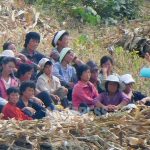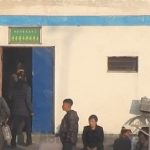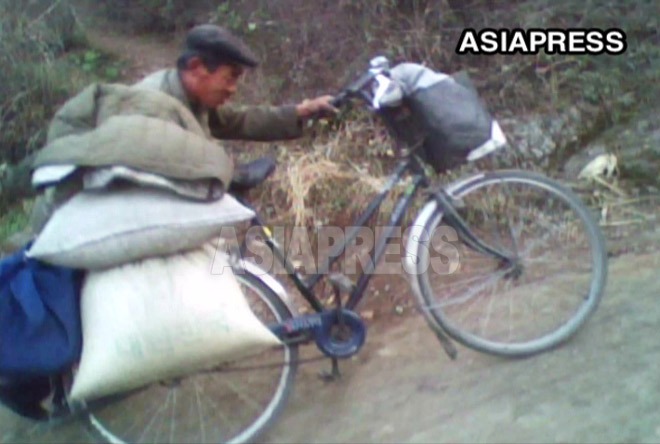
As food prices continue to climb in North Korea’s provincial cities, along with gloom prospects for the future, many people are voicing their frustration. Following the start of the COVID-19 pandemic in January 2020, most North Koreans have faced a significant drop in their incomes due to heavy government restrictions on economic activities. With the prices of food rising in the markets, there are a considerable number of people among the country’s vulnerable classes who are facing starvation. (ISHIMARU Jiro / KANG Ji-won)
A female reporting partner in a city in Ryanggang Province told ASIAPRESS the following in late July about food conditions in the city:
“With no money and the cost of food rising, everybody worrying about the future. Ordinary people eat one or two meals a day, and its not uncommon to see households that each just one per day. There’s even families who are forced to eat just boiled corn. Now, households who can eat three meals of white rice a day are considered wealthy. When people cook meat, rumors spread through the neighborhood asking why this or that family has money and whether they are earning cash by doing something bad.”
Based on a survey conducted by this woman and another reporting partner in a city in North Hamgyung Province on August 3, the price of white rice was 7,100 KPW, while corn went for 3,200 KPW (all per kilogram). The prices were an increase of 45% and 28%, respectively, since the beginning of this year.
※ 1000 KPW=0.126 USD
Why have prices risen so much?
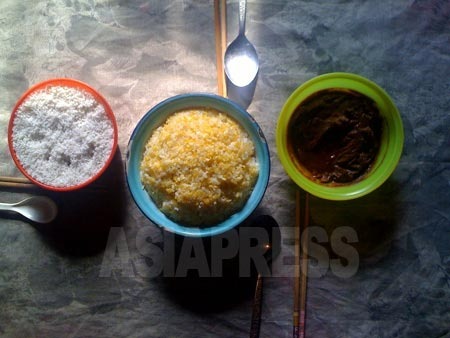
◆ Lack of supply a major factor in rising prices
A major reason for the spike in prices is due to the lack of supply. Let’s examine the reasons for this.
1. The shutdown of the border due to COVID-19 led to a sharp fall in trade with China which, in turn, caused a long-term halt in the commercial import of foodstuffs.
2. The government’s restrictions on food distribution have grown more and more restrictive, which has led to a sharp fall in the amount of food making its way from agricultural areas to city markets.
3. The pandemic has led to strong government restrictions on movement between different areas, causing significant congestion in the country’s logistics network.
4. Until the fall harvest, there is no way to predict how much domestically-produced food will be circulated in markets.
The fact that there are dire predictions about this fall’s harvest is also causing anxiety among North Koreans. A reporting partner at a collective farm in North Hamgyung Province, who has long conducted surveys for ASIAPRESS, said:
“Farming activities were heavily delayed due to the domestic COVID-19 outbreak in May. Before that, there were severe shortages of fertilizer. The pitiful amount of rain that fell in June was also painful (to farmers). People are expecting that all farms will see a significant fall in crop yields in the fall. People are upset, remembering the starvation of the Arduous March period.”
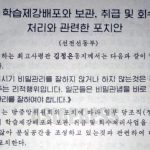
![[Video Report] Parade Drill by Female Students](https://www.asiapress.org/rimjin-gang/wp-content/uploads/2018/07/20130730_yeolbyeongsik_03-150x150.jpg)
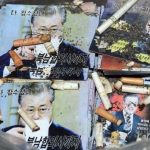
![<Interview with a North Korean Wwoman> Women “Revolt” Against Their Husbands as. Coronavirus MeasuresCoronavirus StrainChanges Marriages Nationwide Relationship [ISHIMARU Jiro]](https://www.asiapress.org/rimjin-gang/wp-content/uploads/2021/08/Image-2021-08-30-at-10.55.37-1-150x150.jpeg)
